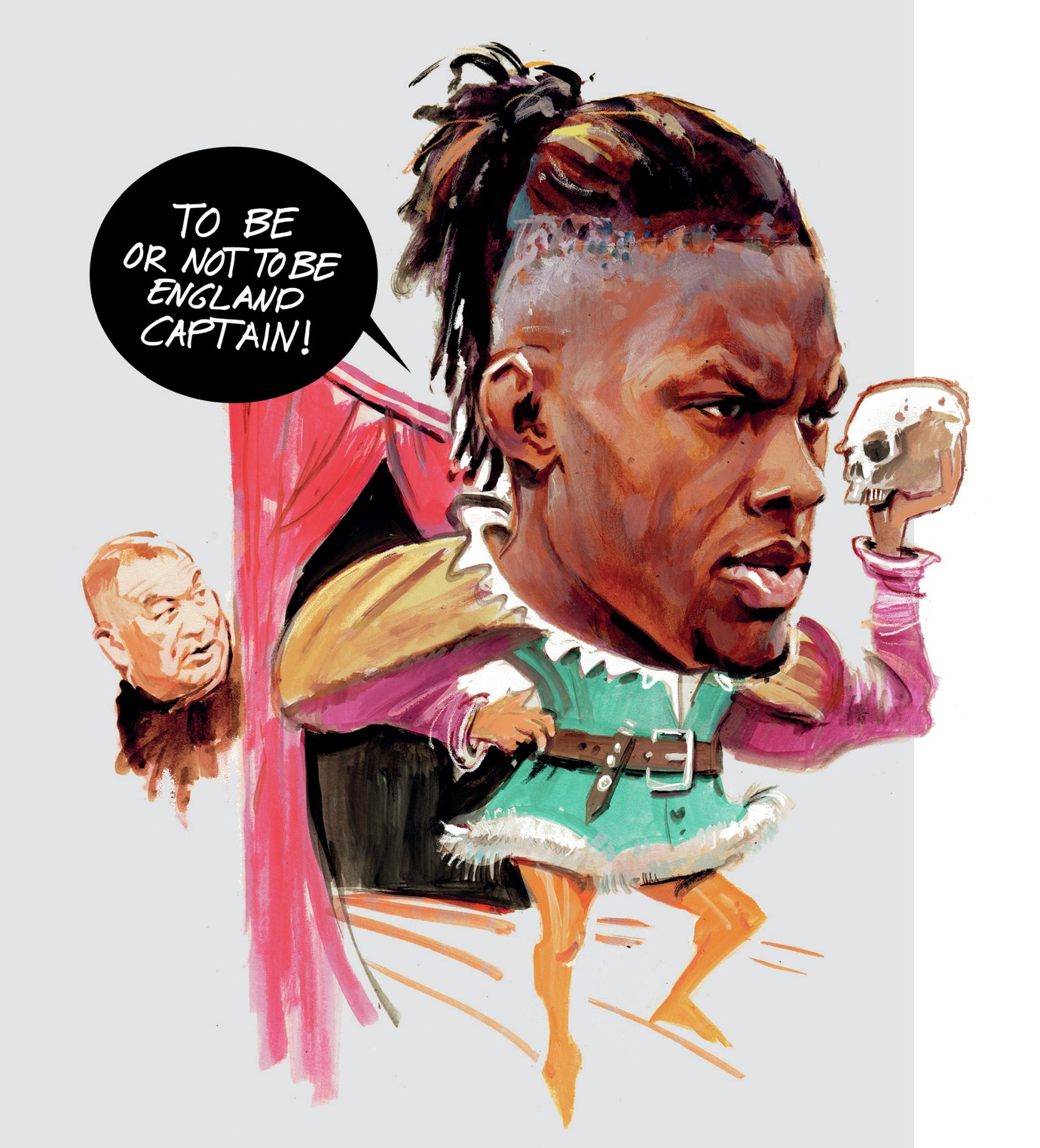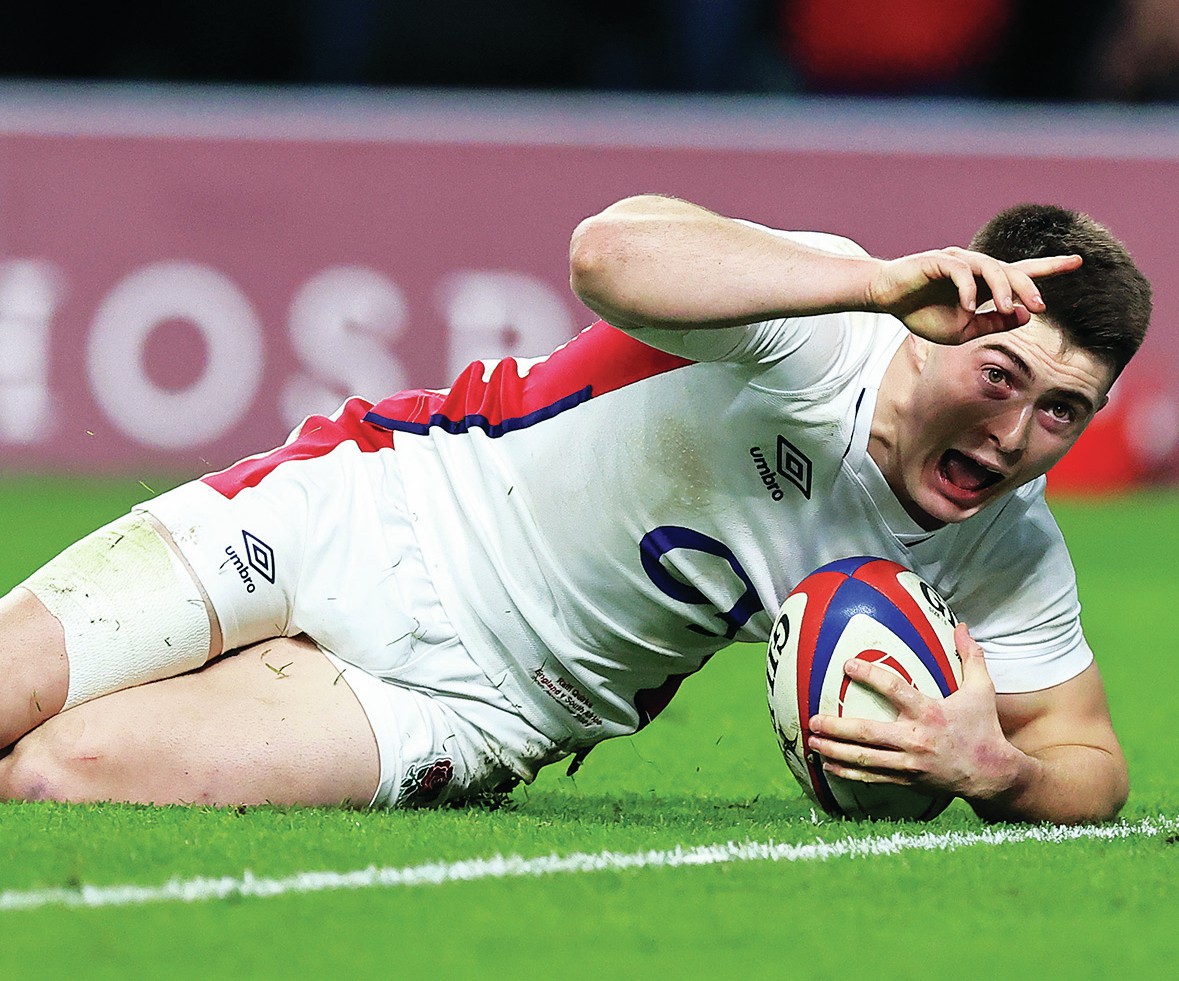
THE beauty of warm-up games is that you can mix and match and see how the combinations run, and that is what Eddie Jones did in his opening two matches against Wales.
The first game saw England take the initiative with George Ford picked at fly-half, and also captaining the side, and in the second it was the Welsh, who were on top for most of the 80 minutes with Dan Biggar controlling it from 10.
In the first leg England produced a pretty strong performance, but in the second game they made far too many errors – especially when they got near the Welsh line. When opportunities presented themselves England came up short, and you would expect them to do more than they did with the catch-and-drive from close in.
For the third match against Ireland last week, Jones decided to go back to the 10-12 combination of Ford and Owen Farrell that he shelved late in the 2018 Six Nations. It would be wrong to call it a failure because early on it was not only tried and tested, but very successful, with England winning a Grand Slam in 2016, and then inflicting a three-Test tour whitewash on Australia, before winning the Six Nations title again in 2017.
It was also a tactical variation which Warren Gatland used on the 2017 Lions tour when he combined Johnny Sexton at fly-half with Farrell at inside-centre, so it’s not something that can be dismissed easily.
The reason I have always challenged it is straightforward. It boils down to this. I believe that Farrell running a short line is nowhere near as effective as carriers with the size and power of Manu Tuilagi, Ben Te’o or Joe Cokanasiga doing it.
My feeling is that a Ford-Farrell selection can also be a lot easier to defend because it telegraphs that England’s main attacking tactic will be to use these double distributors to get the ball wide.
This means that England’s forwards become much more involved in phase play than they do when the backline running is more direct and through the middle.
The conflict I have is that although I’ve seen it work very effectively – such as when England beat Wales in Cardiff in 2017 when Ford and Farrell ran back a clearance kick in the last minute and Elliot Daly scored – I always had a personal preference as a player.
As an outside-centre I always wanted a direct, straight-running confrontational inside-centre who would attract defenders and create space, which explains why I would not want to be at 13 playing outside Ford and Farrell, who have to be more intricate in the way they create openings.
Phil de Glanville may not have been the biggest inside-centre, but he played that hard-running role, and so did the other international 12s I played with such as Will Carling, Scott Gibbs and Simon Halliday.
They each did it in their own style, but what they all had in common was the essential ability to invariably create space for the 13.
My feeling is that the England forwards, whether it was in my era, or now, always feed off direct running better than they do when they are asked to go across the field.
You don’t get the sort of passing with Tuilagi at inside-centre that you do with Farrell, but I’ve always had the strong feeling that Eddie Jones wanted a direct runner at 12 ever since he tried Luther Burrell there in the first Test of the 2016 summer tour series against Australia.
Although the experiment with Burrell did not last long, with Farrell moving from 10 to 12 and Ford coming in at fly-half after just 30 minutes, there was always the sense that Jones wanted to bring Tuilagi in as soon as he was fit.
That’s why, despite the Ford-Farrell partnership enduring for the best part of the next two years, it was no surprise when Tuilagi was brought straight back in at 12 for the start of the 2019 Six Nations, with Ford losing out.

Jones decided on a further variation against Ireland, with Ford at 10, Farrell at 12 and Tuilagi outside him, although I think that going forward it might be better to have Ford as a choice off the bench.
Tuilagi at his best has to be in the team because he shapes a game with his presence more than most. That’s why it would surprise me if Jones does not pick Farrell, Tuilagi and Henry Slade, below, as England’s first choice 10-12-13 trio in the World Cup.
In the back three he also has choices to make but you would expect Daly to be in there somewhere, with perhaps Cokanasiga and Anthony Watson – although it’s nowhere near nailed down with Jonny May and Jack Nowell also competing for starting places.
Ever since Daly broke his way into the England side there’s been the question of him playing 13, which is his preferred position. However, we’ve had no sense of him playing outside-centre for England, and, although I’d have loved to have seen it earlier, it’s difficult to see reasons to change when Slade has done such an outstanding job and Jonathan Joseph is fit again.
The upside for Daly is that he sees a lot more of the ball at full-back than he would at outside-centre – but the downside is that it also includes a lot more high-ball, which makes it a more difficult position because a small nudge in the wrong direction or a mistimed jump spells danger.
Daly’s adjusting to it, but even with his impressive skill set there have been quite a lot of nerve jangling moments.

There’s been a lot of discussion about scrum-half, but there would have to be a huge decline in Ben Youngs’ form for Willi Heinz to supplant him as the starting 9. We don’t know enough about the Gloucester scrum-half at international level yet, and just as you get the sense with Mako Vunipola and Joe Marler at loose-head that Mako is number one, you have the same feeling with Youngs and Heinz.
With the warm-up schedule coming to an end I’m really intrigued to see how much Jones continues to mix-and-match in the early World Cup games against Tonga and the USA. There are a number of factors to take into account, among them the necessity of England’s first choice players remaining fit and healthy because their toughest matches are the last two against Argentina and France.
However, in a Pool that could be very closely contested Jones and his team cannot afford to take their eye off the ball in the games against Tonga and the USA. This is because at the end of the Pool stage if two teams (or more) finish joint top on match points it comes down to tie-breakers.
The first and most significant tie-breaker is who won the match between the two teams who are level – but the second and third tie-breakers are related to their performance in all the Pool matches. The second is points difference for and against, and the third is try-scoring difference for and against.
That could make bonus points against Tonga and the USA, as well as points difference and tries scored in the matches against them, absolutely crucial – and it explains a lot about where and why Jones is mixing-and-matching in these warm-ups.


British and Irish Lions
From Leicester reject to a British and Irish Lion: Tommy Freeman’s stellar rise
Latest News
Steve Diamond: Franchise league a good idea

International Rugby
Touring Japan with Wales is my goal says Dan Edwards




















You must be logged in to post a comment Login